Petrochemical wastewater treatment plan 1
Introduction to Petrochemical Industry
Petrochemical industry, abbreviated as petrochemicals, is a chemical industry that mainly uses petroleum and natural gas as raw materials. It covers a wide range of fields, from basic processes such as crude oil cracking, reforming, and separation, to the production of basic chemical raw materials such as ethylene, propylene, benzene, and toluene, and further synthesis of organic chemical raw materials such as methanol, formaldehyde, ethanol, and acetic acid, as well as composite materials such as plastics, synthetic fibers, and synthetic rubber. Petrochemical industry is not only a major supplier of energy, but also one of the pillars of the materials industry, playing a crucial supporting role in multiple industries such as agriculture, transportation, metal processing, building materials, light industry, and textiles.
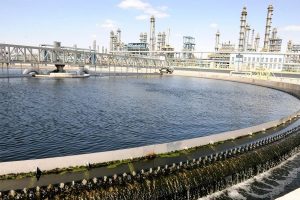
Sources and characteristics of petrochemical wastewater
Petrochemical wastewater mainly comes from various links in refining equipment and chemical production processes, including condenser drainage, oil containing container flushing water, ground flushing water, equipment drainage, cooling water, etc. These wastewater have the following significant characteristics:
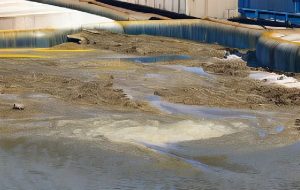
- There are many types of pollutants and complex components:
Due to the wide variety of petrochemical products and complex process, there are many types of pollutants and complex components in wastewater, including hydrocarbons, alcohols, esters, phenols, organic acids, heavy metal ions, etc.
- High toxicity and poor biodegradability:
The pollutants in some petrochemical wastewater have high toxicity and are difficult to biodegrade, posing a serious threat to the environment and ecosystem.
- High concentration and large emissions:
The concentration of pollutants in petrochemical wastewater is often high, and due to the large production scale, the amount of wastewater discharged is also large, making the treatment difficult.
- Large fluctuations in water quality:
Due to factors such as production activities, seasonal changes, and rainfall, the water quality and quantity of petrochemical wastewater fluctuate greatly, which puts high demands on the stability and adaptability of the treatment process.
- Petrochemical wastewater treatment process flow
The process flow of petrochemical wastewater treatment usually includes the following steps:
- Preprocessing:
Remove large particulate matter and suspended solids from wastewater through facilities such as grilles and sedimentation tanks, providing suitable conditions for subsequent treatment.
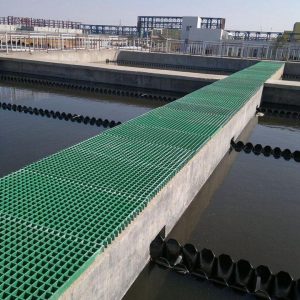
2. Oil water separation:
Using oil-water separators or air flotation devices to remove floating oil and emulsified oil from wastewater, reducing the oil content in the wastewater.
- Coagulation precipitation:
Add coagulants and coagulants to the wastewater to cause the fine particles and colloidal substances in the wastewater to agglomerate into larger flocs and precipitate.

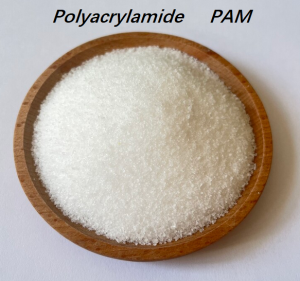
- Biological treatment:
Utilize the metabolic process of microorganisms to remove organic matter from wastewater. Common biological treatment methods include activated sludge process, biofilm process, anaerobic aerobic (A/O) process, etc. For difficult to degrade organic compounds, biological enhancement technology or advanced oxidation processes can be used for treatment.
- Deep processing:
The use of membrane separation technology (such as ultrafiltration, nanofiltration, reverse osmosis), activated carbon adsorption, ozone oxidation, and other methods to further remove difficult to degrade organic matter, heavy metal ions, and other pollutants from wastewater, improves the effluent quality.
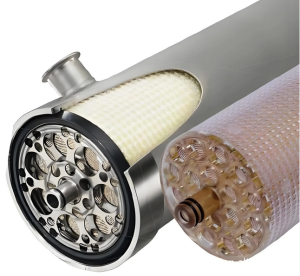
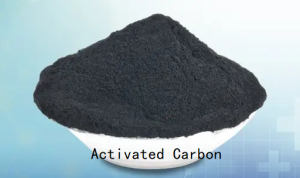
- Disinfection and discharge:
Disinfect the treated wastewater, kill pathogenic microorganisms, and ensure the safety of the effluent quality before discharge or reuse.
Through the above steps, we can see the complexity and challenges of petrochemical wastewater treatment. By adopting a combined treatment process that combines the advantages of physical and biological treatment, various pollutants in wastewater can be effectively removed, ensuring that the effluent quality meets the standards. At the same time, for wastewater from different sources and properties, it is necessary to flexibly adjust the treatment process and parameters to achieve the best treatment effect.
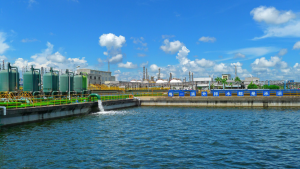
#Ethylene#Acrylic#Benzene#Toluene#Methanol#Formaldehyde#Ethanol#Acetic Acid#Plastic#Synthetic Fiber#Synthetic Rubber#Water Treatment#Chemical Raw Materials#Wastewater#Water Treatment#Refinery Unit#Fence#Sedimentation Tank#Air Floatation Unit#Emulsified Oil#Floating Oil#Coagulation Agent#Coagulant#Coagulant Aid#Anaerobic Aerobic#Reverse Osmosis Membrane#Heavy Metal Ions#Polyacrylamide #Polyaluminum chloride



